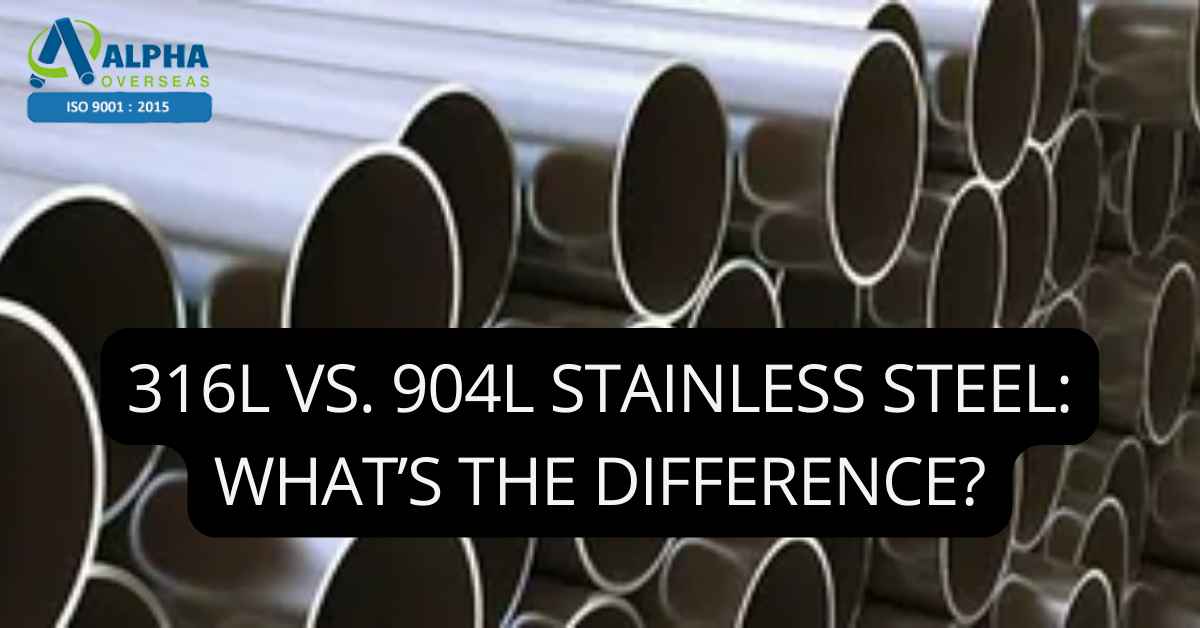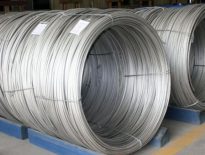Stainless steel is a steel alloy principally composed of iron and carbon, with a few trace metals added for good measure. The fact that stainless steel does not oxidize distinguishes it from conventional steel, hence the term stainless. The stainless-steel varieties 316L and Stainless Steel 904L Pipes are the most common in watchmaking and thus the most relevant to our study. They are both austenitic stainless steel because they have a similar crystalline structure. This is due to its composition, which includes at least 10.5 percent chromium, carbon, iron, and a few trace elements. The stainless steel can then be subdivided even further, complicating matters even more.
316L stainless steel
316L stainless steel is the most common type of stainless steel used in the watch industry. This kind is utilized in the majority of steel timepieces because it is significantly more corrosion resistant than 304. This is the situation due to the greater molybdenum content. Because of its high corrosion resistance, it is widely used in the medical and marine industries, where corrosion is a major factor in the tools of the trade.
Even though both types have many similarities, type 316L is more commonly used in welding applications. This is because it is more stable than normal 316 in high-temperature and corrosive conditions. As a result, the bulk of high-end steel clocks is made of 316L. It also outperforms its lower-grade competitors in terms of magnetic resistance. Because of its outstanding characteristics and low cost, it is an obvious choice for watchmaking. Maybe you don’t know what the “L” stands for. What’s the big deal about that? The carbon content is the difference between type 316 and type 316L. The letter L stands for “low carbon content.”
904L stainless steel
So, why do we need 904L now that we’ve established that 316L delivers the best property-to-price ratio? It’s easy to conclude that 904L is the superior alloy based on specifications alone. Copper, manganese, and silicon, on the other hand, contribute to improving corrosion resistance. The 904L’s trump card is effectively depleted as a result of this. We’re left with an overqualified stainless-steel alloy that costs many times as much as its more-than-adequate cousin and is significantly more difficult to make. It is extremely corrosion-resistant. Although 316L is necessary for some applications, it is more than sufficient for the majority of luxury watches. Type 904L has greater chromium, molybdenum, and nickel content than Type 316L.
Some people, though, are unconcerned about this. As I’m sure many of you know, Rolex watches are made of 904L steel. Since around 2003, it has only used 904L for all of its steel watches and bracelets. Apart from the increased corrosion resistance, 904L polishes to a fine shine, giving Rolex watches a slight but noticeable lustre. The colour is also substantially cooler and whiter due to the lower carbon percentage and increased chromium content. Because standard equipment isn’t suitable for the task, the company has spent heavily on the processing and milling of raw 904L.



